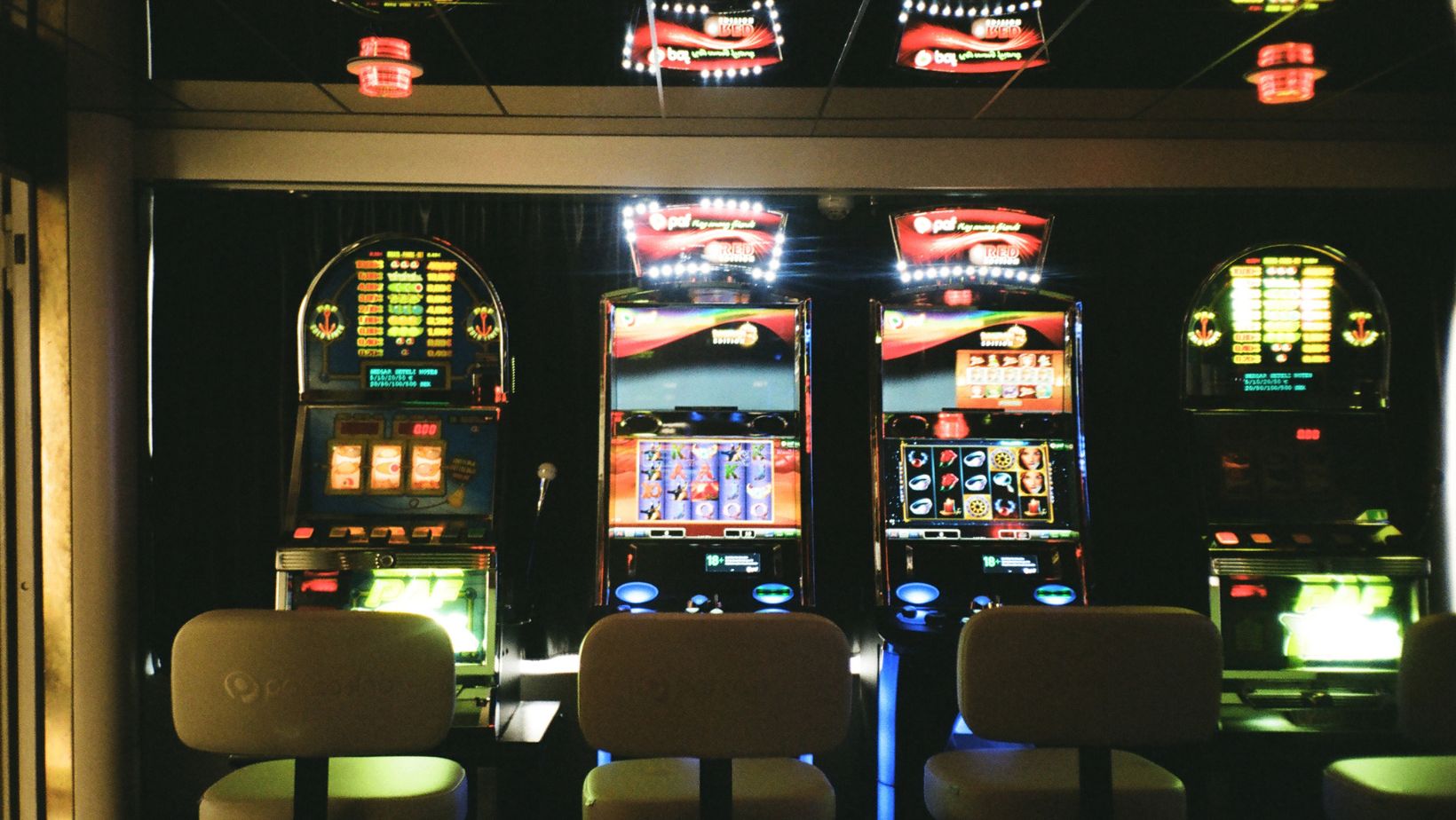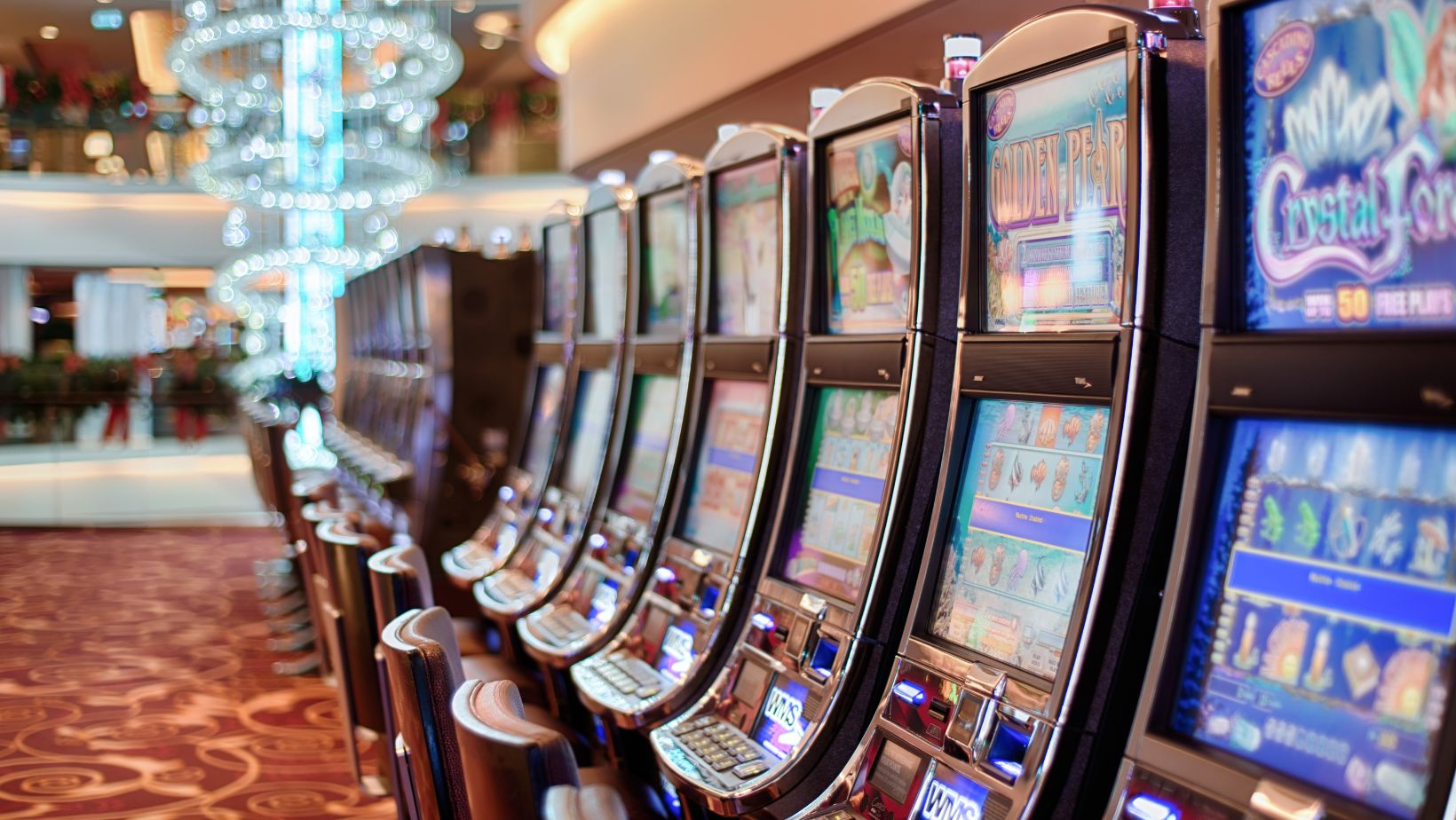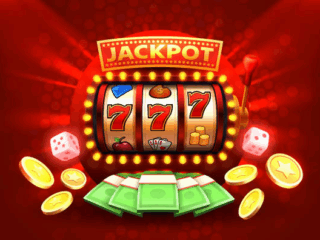
Slots machines have become a ubiquitous part of the modern casino landscape, blending seamlessly with more modern video slots. Yet classic slots with iconic symbols like fruits, bars, stars and 7s have origins going back over 100 years. These symbols emerged from mechanical slots and pinball machines at the turn of the 20th century. Their endurance speaks to their cultural symbolism and how they laid the groundwork for the modern multi-billion dollar slots industry on such platforms as Spin Panda Casino.
Mechanical Slots and Early Symbols
The classic slot symbols we know today trace their history to late 19th century and early 20th century mechanical slot machines. In 1899, Charles Fey created the Card Bell slot machine in San Francisco, considered the first true slot machine. Early slots like the Liberty Bell had only three reels and a limited number of symbols, including card suits, horseshoes, stars and bells. The simplicity came from technical restrictions around mechanics and payouts.
Fey’s Liberty Bell slot was a hit and soon many clones appeared, especially after his patent expired in 1907. Slot makers started expanding to more symbols, including fruit and card royalty. The fruit symbols likely emerged from their use of prizes on early gambling machines in the late 1800s. The royal symbols like crowns and gems represented aspirational wealth and luxury. These early classic symbols established core iconography that would carry through modern times.
Rise and Fall of Mechanical Slots
Mechanical slots saw rapid advancement from 1910 to 1930. Machines with multiple reels, elegant metal craftsmanship and varying paylines appeared. But the symbols often stayed consistent, especially fruits, bars and card suits. A standard symbol hierarchy was formed: simple fruits like cherries and plums had the lowest payouts, then progressed up to 7s, bars and royal jackpot symbols. This reflected the relative frequency of combinations with different symbols landing on the payline.
Mechanical slots reached their peak popularity in the 1940s and 1950s. But electromechanical machines in the 1960s and video slots in the 1970s paved the way for their decline. Still, certain symbols forged in the mechanical era persist on modern slot games today, even if the underlying technology has evolved.
Cultural Meaning and Influence
Beyond technical origins, classic slots symbols carry deeper cultural meaning that has contributed to their longevity. Fruits evoke a pastoral abundance tied to their use as prizes on early machines. The citrus and tropical fruits symbolized exotic luxury when mechanical slots spread globally. Even the bars signify ingots of gold and aspirational wealth. Card suits and royals symbolize chance and risk-taking. These cultural underpinnings help explain why these classic icons have stuck in slots for over a century, even as technology and tastes evolve. They form the primal vocabulary of slots symbolic language.
The influence of classic slots symbols goes beyond the casino world too. Their bold colors and cartoonish iconography have become shorthand for gambling and risk-taking in popular culture. They are woven into the cultural lexicon, appearing in art, films, brands and metaphors across languages. As symbols, 777, cherries, lemons and crowns carry instant symbolic meaning and legacy that traces back to those early mechanical slots.
| Year | Key Development | Lasting Influence |
| 1899 | Liberty Bell slot created with suits, horseshoes, stars | Established core iconography |
| 1907 | Expiry of Fey patent enabled copies and new symbols like fruits | Started standardization of fruit symbols |
| 1910-1930 | Multi-reel mechanical slots gain popularity | Symbol hierarchy formed around frequency |
| 1940s-1950s | Peak of mechanical slots popularity | Cultural meaning of symbols spreads globally |
| 1960s-1970s | Electromechanical and video slots introduced | Symbols endure the transition to digital |
The history of classic slot symbols reveals how they are more than just relics of past technology. They form a symbolic language that has accumulated cultural meaning and influence for over a century since the earliest slot machines. That is why these vintage symbols not only persist in modern slots but remain as shorthand for gambling in wider culture. Like royal flushes and blackjacks, they capture the appeal of risk-taking and aspirational wealth in the essential iconography of slots.




